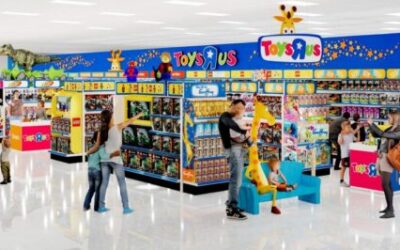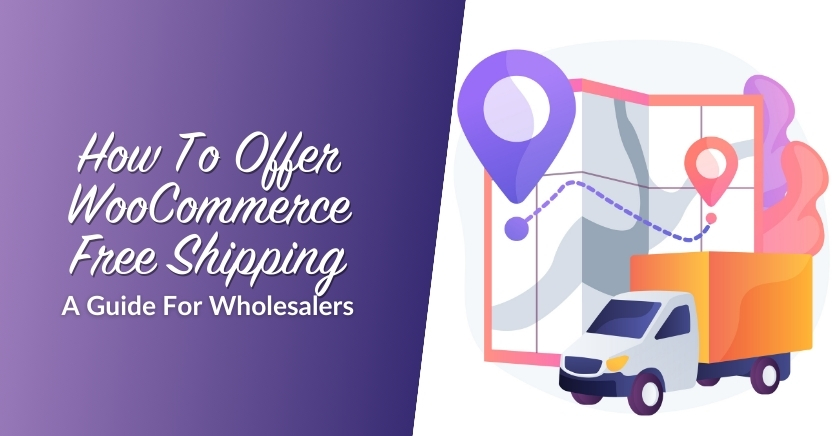Does Your ERP Give Other Tools the Cold Shoulder? If So, Your Growth is at Risk

By Karthik Chidambaram
Technology can have a significant impact on your business. The problem is many distributors haven’t adequately integrated these tools. Integration challenges leave distributors with a patchwork of platforms across channels and overlapping workflows tied to each digital software used. Instead of these intelligent tech platforms talking directly, far too often, there is a human go-between to manually sync data and initiate specific actions within each piece of software.
There is no question that manual processes slow us down. While you probably have an ERP, you may still force communication through manual channels, transferring data and running reports by hand.
Manual processes are error-prone and inefficient, slowing your ability to grow and capture opportunities. Perhaps even worse, it fails to optimize your technology investment, leaving software features on the table that you paid to use. Instead of your systems talking directly, you must go between and sync the data, initiate the action needed from the data and so on across the platforms you use.
What’s missing is the glue to hold these disparate pieces together. What’s at risk is your ability to scale profitable growth with solid cost controls. Distributors can optimize the software they use with technology integration. Here’s why integration is the next step in your digital transformation.
When Your Systems Don’t Talk
Your ERP was a good start. But if you haven’t integrated the platform fully with your other business systems, you are still manually inputting data from one software tool to another. Is your distribution business:
- Processing orders manually?
- Entering data by hand between software platforms?
- Noticing mistakes in your data from human error?
- Frustrating your customers with incorrect or delayed information?
- Finding it hard to keep your inventory tracking on your ecommerce store up-to-date?
- Struggling to scale and realizing the limitations in meeting your goals?
The whole point of an ERP is to bring together multiple software platforms. ERP software is supposed to integrate real-time data into a unified whole for your business. But if your other distribution software doesn’t play well with the ERP, you will still experience:
- Data stored in separate silos making it hard to disseminate without manual workflows.
- Manual data entry into each system you use.
- Poor visibility into real-time data until you manually transfer information into the ERP.
- Inaccurate forecasting and poor visibility between customer data, inventory levels and supply chain.
- Higher personnel costs for managing the software that was supposed to make your life easier.
- “Tribal knowledge” about the business stays in the minds of individuals and is only accessible if the person who holds the knowledge is.
Failure to integrate software can hamper a distributor’s ability to scale by limiting visibility into inventory, customer orders and fulfillment status. Time-consuming, error-prone manual tasks are like the ropes holding down a hot air balloon. You simply can’t go airborne with inefficient processes tying you down. These frustrations, of course, add costs, particularly around labor, already a significant profitability drain.
A lack of integration limits your agility in adapting to changing market conditions or customer demands. For example, if inventory levels aren’t properly integrated with sales data, it slows your response to changes in customer buying patterns.
All of these issues affect the customer experience. Without integration, distributors may struggle to manage data and communication between systems. So, your Customer Success Representatives (CSRs) provide the wrong information or work too hard to provide timely shipping and order status updates. This can lose business—and we all know how that can limit growth.
There’s a better way to leverage all the software you use every day. You’ve invested in these platforms, and you are so close to the ROI you were promised by software vendors. What you’re missing is integration.
When You Open the Conversation
McKinsey & Company says, “The most successful traditional distributors are working hard to address customer pain points and build interconnected ecosystems.” They’re not wrong; a recent study shows:
- Manufacturers place the highest priority on integrating their data.
- 80% of business leaders, including those from manufacturing and supply chain, report data integration is the most critical piece of their success.
- 67% of enterprise organizations in every industry today rely on data integration to support their business intelligence and analytics platforms.
The idea behind an “interconnected ecosystem” is to create a single source of truth. Integrating all the technologies your distribution business needs creates big-picture visibility. This level of technology optimization positively impacts four key areas:
- Accuracy of your inventory
- Complete, on-time shipments
- Increased operating margins
- Increased transparency for data-backed decision-making
Ultimately, with a single source of truth, you can have confidence in your data to make faster growth-related decisions.
Integration also increases human efficiencies and enhances workflows. You’ll eliminate decision-tree roadblocks that limit your scalability. Resources normally allocated to order processing or customer service can now focus on upselling existing clients or finding new markets to sell.
What you’ll see on the ground is a reduction in human busywork. When your computer systems are optimized in this way, orders are processed and delivered more quickly. Your CSRs will have more accurate data on the front end without flipping back and forth between systems. The data will be rapidly interpreted and communicated to your customers.
Integration also affects another critical frontend function: Sales. Could you accelerate conversations by putting information into the hands of your sales teams more quickly? Integrated real-time data empowers your sales teams to do their best work. On the backend, accurate forecasting will fuel your inventory management and supply chain decisions in ways that will help you scale.
None of this is hype. We’ve all lived through glowing vendor recommendations on software that, when deployed, failed to live up to our expectations. Could we avoid these frustrations simply by creating better connections between these tools? Absolutely.
Meet Customers’ Needs and Scale When Your Systems Communicate
No matter the state of your digitization, the key component you are likely missing is integrating your IT platforms into a cohesive ecosystem for smoother functions.
When distribution software doesn’t talk to each other, it results in inefficiencies, errors and increased costs. By integrating distribution and business platforms, your company can improve communication, increase visibility, improve performance and profitability and, ultimately, scale production to meet customer demand.
Karthik Chidambaram

Karthik Chidambaram is the Founder & CEO of DCKAP, which simplifies commerce for distributors. He bootstrapped the company from his small apartment in Chicago, Illinois. DCKAP was started with two people, two computers, and two desks and is now a global and distributed team. Karthik holds a Master’s Degree in Computer Engineering from the Illinois Institute of Technology, Chicago. He’s also organizer of DCKAP Round-Up 2023: an evening to celebrate the DCKAP & Prophet 21 Communities.
The post Does Your ERP Give Other Tools the Cold Shoulder? If So, Your Growth is at Risk appeared first on National Association of Wholesaler-Distributors.











